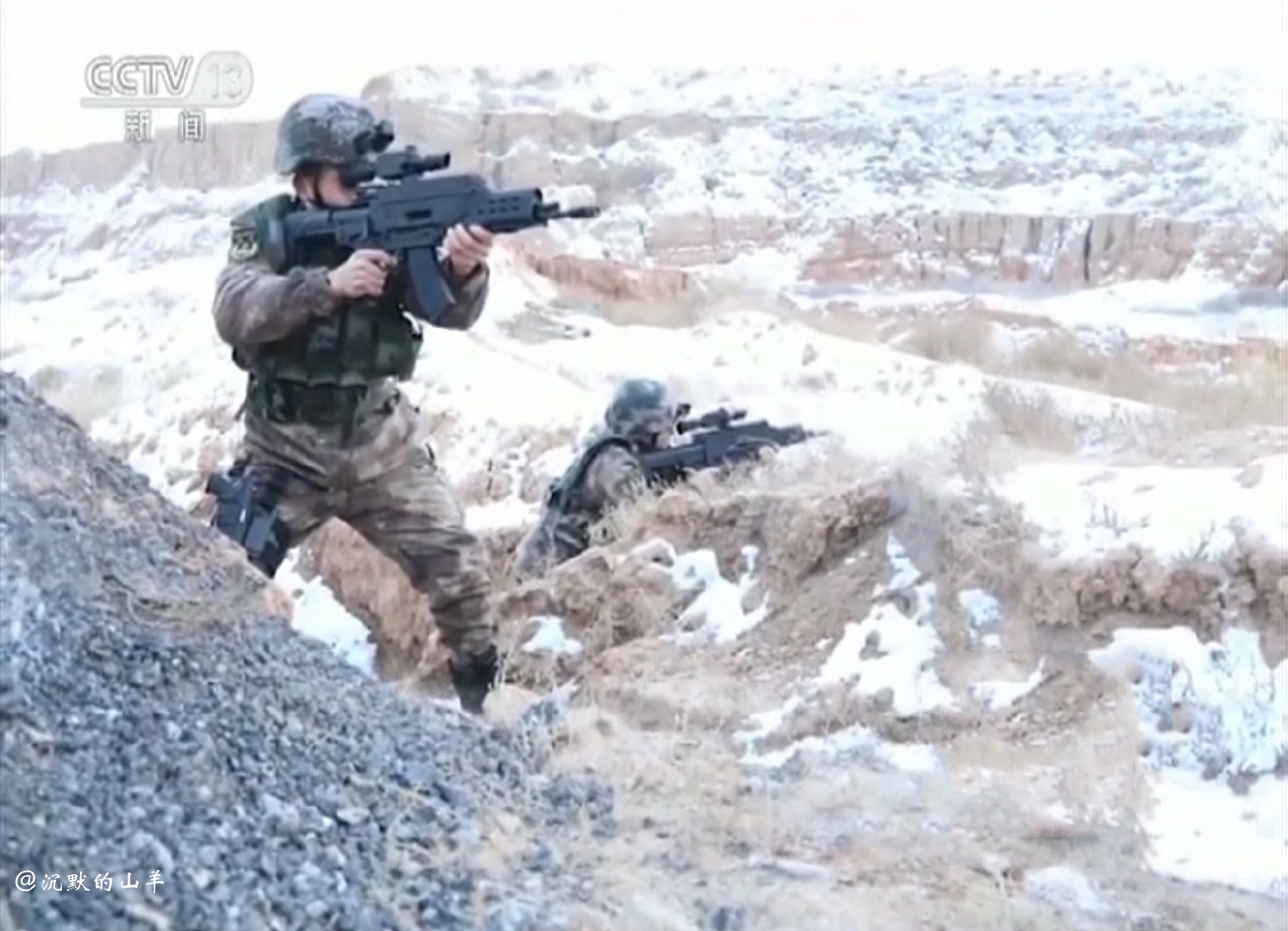I'm assuming that powered armor would be more expensive than a multimillion dollar fighting vehicle. You'd need a power source, a series of servos, etc. Miniaturization is expensive. Full maturity might see power armor as cheaper than an AFV, but at least in the initial stages the miniaturization is going to cost money and not deliver the same payload or armor levels as an AFV.
As for the QTS-11, I think the issue is that I don't see small arms as militarily-effective, as mentioned before, the majority of combat casualties occur as the result as crew-served (machine guns) or fire support weapons (airstrikes, artillery, mortars, and perhaps smart grenade launchers).
It's essentially the smart grenade portion of the QTS-11 that's more interesting than the carbine section, which is something you appreciate more. In my view, the carbine is there for suppressive fire, not for inflicting casualties or taking ground.
That said, when discussions of suppressive fire weapons like PDW come around, the big problem is that suppressive fire weapons, to actually be scary instead of propaganda leaflets, need killing potential. PDW don't do that.
The other possibility is, well, the QBZ-95. For how much it's maligned by parts of the PLA and the Western firearms community, which disdains bullpups, it's actually a superlative carbine.
When we saw mechanized infantry loadouts for the PLA, one thing that came up was how many soldiers were armed with rocket launchers (for both anti-entrenchment and anti-tank jobs), but even then, they also carried a QBZ-95, helped by the QBZ-95's low weight.
That's to say, the evolution of the QTS-11 might turn out to be a separate PDW or carbine (QBZ-95B) carried by the soldier alongside a dedicated smart gun with increased grenade caliber. The QBZ-19 applied to the QTS-11 might end up being a QBZ-95B-2 that incorporates the mechanism improvements of the QBZ-19.
As for the QTS-11, I think the issue is that I don't see small arms as militarily-effective, as mentioned before, the majority of combat casualties occur as the result as crew-served (machine guns) or fire support weapons (airstrikes, artillery, mortars, and perhaps smart grenade launchers).
It's essentially the smart grenade portion of the QTS-11 that's more interesting than the carbine section, which is something you appreciate more. In my view, the carbine is there for suppressive fire, not for inflicting casualties or taking ground.
That said, when discussions of suppressive fire weapons like PDW come around, the big problem is that suppressive fire weapons, to actually be scary instead of propaganda leaflets, need killing potential. PDW don't do that.
The other possibility is, well, the QBZ-95. For how much it's maligned by parts of the PLA and the Western firearms community, which disdains bullpups, it's actually a superlative carbine.
When we saw mechanized infantry loadouts for the PLA, one thing that came up was how many soldiers were armed with rocket launchers (for both anti-entrenchment and anti-tank jobs), but even then, they also carried a QBZ-95, helped by the QBZ-95's low weight.
That's to say, the evolution of the QTS-11 might turn out to be a separate PDW or carbine (QBZ-95B) carried by the soldier alongside a dedicated smart gun with increased grenade caliber. The QBZ-19 applied to the QTS-11 might end up being a QBZ-95B-2 that incorporates the mechanism improvements of the QBZ-19.


